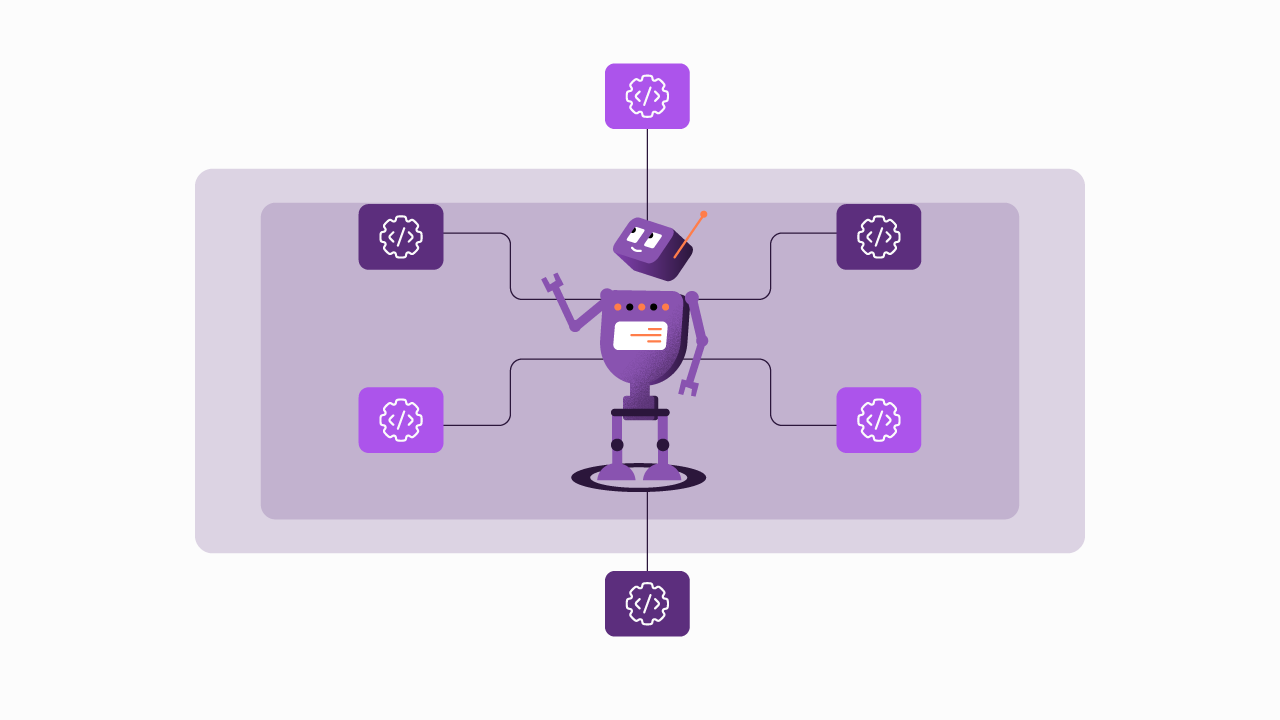The Ultimate API Management Platform: A Guide to Choosing the Perfect Solution
Guide to Choosing the Best API Management Platform
In today's technology-driven environment, we are in the era of Application Programming Interfaces (APIs). However, their importance goes beyond merely sharing and integrating data into operational processes. For businesses aiming to develop a thoughtful and effective API strategy, having a structured management layer through a dedicated API management platform is crucial.
To explain, an API management platform can be seen as middleware—a tool through which developers share and set up interfaces. It acts as a central point where applications smoothly connect with service data based on their operational needs. The core function of an API management platform is to coordinate this interaction, facilitating the smooth exchange of information within the technological ecosystems.
Listing the reasons for adopting an API management platform, four key points stand out:
Connectivity
Effective API connectivity is crucial for developing mobile applications for various stakeholders. A robust wireless connection is essential for smooth functionality, requiring the use of high-quality RESTful APIs. These APIs should offer runtime access and optimized design for efficient data service consumption, akin to a secure cloud connection method aligned with mobile application needs.
As mobile applications evolve into transactional entities, the importance of user-friendly interfaces, particularly through APIs, becomes more significant. Therefore, integrating an API management platform is vital to ensure optimal connectivity in the business ecosystem.
The API management platform acts as a central component, coordinating the interaction between mobile applications and data services, fortifying the foundation for a seamless and secure connectivity experience.
Support
API data services, driven by an API-first strategy, are becoming more complex and expansive at an exponential rate. As mobile applications advance in sophistication, incorporating more connections, content, and collaboration, they introduce challenges at various integration points. Despite RESTful interfaces serving as the means for these integrations, there is an ongoing need for a system capable of effectively managing the increasing volume of data.
This need for managing escalating complexity is met through implementing API management platforms. These platforms play a crucial role in bridging the gap between the capabilities of RESTful interfaces and the operational demands brought about by the growing volume of data services.
They serve as essential components in navigating the intricate landscape of evolving API data services, ensuring efficient handling, coordination, and support. This, in turn, facilitates seamless integration within the dynamic and expanding realm of mobile applications while ensuring a pleasant developer experience (DX).
Flexibility
Most businesses find that staying current with Android and iOS is generally sufficient in today's context. However, there may be occasions when it becomes necessary to support services on emerging platforms or those currently considered less popular, such as Windows Phone. Considering the increasing use of smart devices like wearables and various sensors, integrating a RESTful API offers an easily accessible gateway to these diverse technologies.
It's important to highlight the adaptability of a RESTful API, providing businesses with the flexibility to accommodate new systems seamlessly. This becomes particularly advantageous when anticipating the potential emergence of new platforms. Furthermore, if an API is made public, businesses might not need to develop code for a new platform personally. Instead, the collaborative efforts of the developer community can significantly contribute to meeting this requirement.
In essence, adopting a RESTful API not only supports current compatibility but also positions businesses well for future technological changes, underscoring the collaborative and adaptable nature inherent in API partner ecosystems.
Autonomy
The platform provides your IT team with API lifecycle management tools for managing transactions and accessing servers. This is crucial due to the limited resources available for user, customer, and partner access.
The widespread use of smartphones has significantly changed user behavior, leading to increased checking of social networks, messages, emails, news, and more. This shift highlights the importance of strategic resource allocation compared to the desktop era. In the context of applications, each has the potential to use a significant amount of data from its API.
Consequently, allocating resources—whether in terms of network, database, or finances—for each application needs to be done in a controlled and intelligent manner to ensure optimal performance and efficiency.
How to Choose the Right API Management Platform?
When considering various API management platform providers, it's crucial to identify the characteristics that warrant analysis in selecting the most suitable platform. The choice ultimately depends on the specific needs of your business, and careful consideration of certain aspects is vital, given the long-term commitment to the chosen technology. Key considerations include determining the business priorities—whether safety, cost, scalability to new markets, or a combination of factors.
Another consideration involves assessing how legacy systems already in use will interact with the new API management platform. Each business case, especially concerning legacy system modernization, is unique, and defining priorities serves as the initial step in progressing through the decision-making process.
One strategic approach is conceptualizing an "engagement platform" for the API, incorporating the API management platform, application development, middleware operations, and other relevant systems.
Establishing this integrated approach ensures a cohesive and cost-effective solution for your business, where each step in the process seamlessly aligns. These guidelines aim to assist in finding a suitable solution for your API requirements.
Explore our API Design tips if you find the information valuable but still face challenges creating your API.
Begin your API journey with Sensedia
Hop on our kombi bus and let us guide you on an exciting journey to unleash the full power of APIs and modern integrations.
Related content
Check out the content produced by our team.
Embrace an architecture that is agile, scalable, and integrated
Accelerate the delivery of your digital initiatives through less complex and more efficient APIs, microservices, and Integrations that drive your business forward.





.svg)


.png)


